Last night, we got to the murders. We didn’t finish blocking it (we’ll be doing that in about 35 minutes !!!), but we arrived at the moment. I feel so much pressure to do this part right.
The murders themselves have been a large part of my rewriting process since I finished the first draft of this show in early 2019. Structurally speaking, in a musical, where should two main characters die? They could die in the opening number, and I could use the murder scene investigation as a framing device for the whole show. The story could be told by police, journalists, and onlookers at the scene of the crime. Act I could be character introductions and end with the reveal of an eyewitness. Act II could be the dramatization of the eyewitness’ testimonies and end with the case being beaten by the defense (that’s what happened).
The murders could occur at the end of Act I. It would be similar to the first option, but instead of framing the show around the crime scene, it would be told in chronological order. This option provides a lot of possible framing devices: the story being told over a drink at a pub, a true crime podcaster doing a deep dive into the archives at the New Brunswick library, or a young Wickian (me!) hearing the story from his cop grandpa at the dinner table. This was the structure of the first version of this show I ever staged at the Jersey City Theatre Center, Lovers’ Lane. The framing device I chose was to have the choir tell the story one week after the murders. They gathered for rehearsal minus one singer and one director and told the story as they remembered it.
The murders could happen before the action of the show. There is definitely enough material in this story for a show that is squarely focused on the two trials and the surrounding media circus. Joe Pompeo’s Blood and Ink and Gerald Tomlinson’s Fatal Tryst take an approach like this; towering efforts of research and analysis laid out in colorful narrative in the shadow of a crime that’s occurred before you open the book.
With A Healthy Marriage: The Hall-Mills Murders my intention has been to give my whole heart to the four people at the center of the story: Edward, Eleanor, Frances, and James (played respectively by Will, Mariella, Crystal, and Frank). I wanted to take my time with them, let them breathe, grow, love, ache, and act within their small community; give the people around them a reason to tell the story. What happens in the space between marriage and murder? Who would know? How would they tell it?
The forensics of the murders themselves have been well-investigated by criminologists for a hundred years, and I have a stack of books and articles I can recommend for a thorough understanding of the events of September 14, 1922. In A Healthy Marriage, the murders occur like a dream, a flash before waking. Stunning, sudden, and senseless.
While I’ve been writing this, we’ve arrived at the moment. Director Dan is elevating this material beyond my imagination. I love watching him work with these actors.
Can’t believe it’s already Wednesday!!
